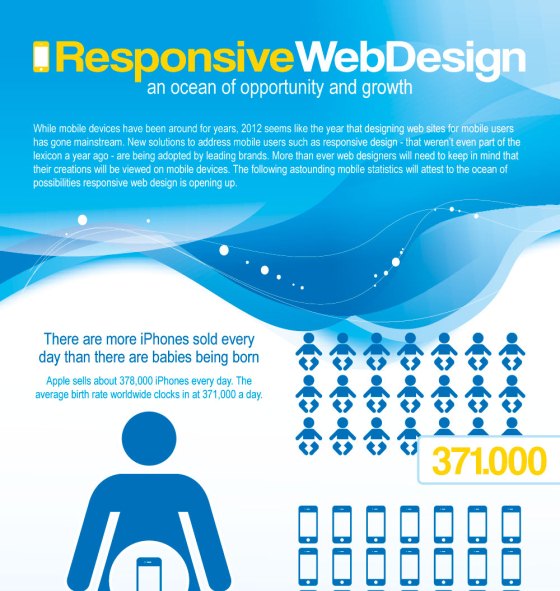Internet Site Layout Basics: Tips For Structure A User-Friendly Website
Internet Site Layout Basics: Tips For Structure A User-Friendly Website
Blog Article
Short Article Created By-Crews Daugaard
When it comes to site design, ensuring user-friendliness is key. From responsive design to structured navigating, every element plays an essential role in producing a site that caters to your target market's needs. But what regarding the finer details that can make or break a user's browsing experience? Keep tuned as we uncover some often-overlooked tips that can raise your site's use to the next degree, making it really attract attention in the electronic landscape.
Importance of Responsive Layout
Receptive style is an essential element of contemporary internet site advancement. Guaranteeing your web site is responsive methods that it can adapt to different screen sizes and devices, providing a smooth experience for users.
With the raising use of mobile phones and tablets to access the web, having a receptive layout is vital for reaching a bigger audience. It aids in boosting customer experience by making your internet site very easy to browse and keep reading any type of device.
In addition, receptive layout can favorably affect your internet search engine positions, as online search engine like Google prioritize mobile-friendly websites. By having a responsive layout, you're likewise future-proofing your web site, as brand-new gadgets with differing screen sizes continue to arise.
Simplify Navigation Framework
To improve customer experience and promote simple accessibility to info on your internet site, streamlining the navigation structure is critical. When creating your site, focus on producing a clear and user-friendly navigation menu that aids visitors locate what they're seeking promptly.
need seo for my website of menu items to the basics, organizing relevant web pages together to stay clear of frustrating individuals. Usage descriptive labels that clearly suggest the material of each web page, making it simpler for users to comprehend where each link will take them.
Take into consideration implementing dropdown menus for subcategories to stop jumbling the major navigation bar. Additionally, include a search bar prominently on the web page for individuals who choose looking for details info.
Prioritize mobile responsiveness in your navigation style to ensure easy accessibility on all tools.
Optimize Web Page Tons Speed
Improving page tons speed is critical for retaining visitors on your website. Slow-loading seo optimized content and can bring about high bounce prices. To optimize page load rate, begin by optimizing pictures. Press pictures without jeopardizing high quality to lower their documents dimensions.
In addition, allow browser caching to keep often accessed resources in your area, speeding up tons times for returning site visitors. Minify CSS, JavaScript, and HTML data by eliminating unnecessary personalities, remarks, and format, enhancing load rate.
Take into consideration making use of a content distribution network (CDN) to distribute your web site's material throughout multiple servers worldwide, decreasing latency for users accessing your site from different areas. Lastly, restrict the use of third-party manuscripts and plugins, as they can considerably influence lots times.
Final thought
In conclusion, by including receptive layout, streamlining navigation, and optimizing page lots rate, you can develop a straightforward site that interest a larger audience and enhances individual experience. These essential elements guarantee that visitors can quickly accessibility and browse your site throughout various tools, bring about raised engagement and contentment. By concentrating on these crucial facets, you can construct an effective website that maintains customers coming back for even more.
